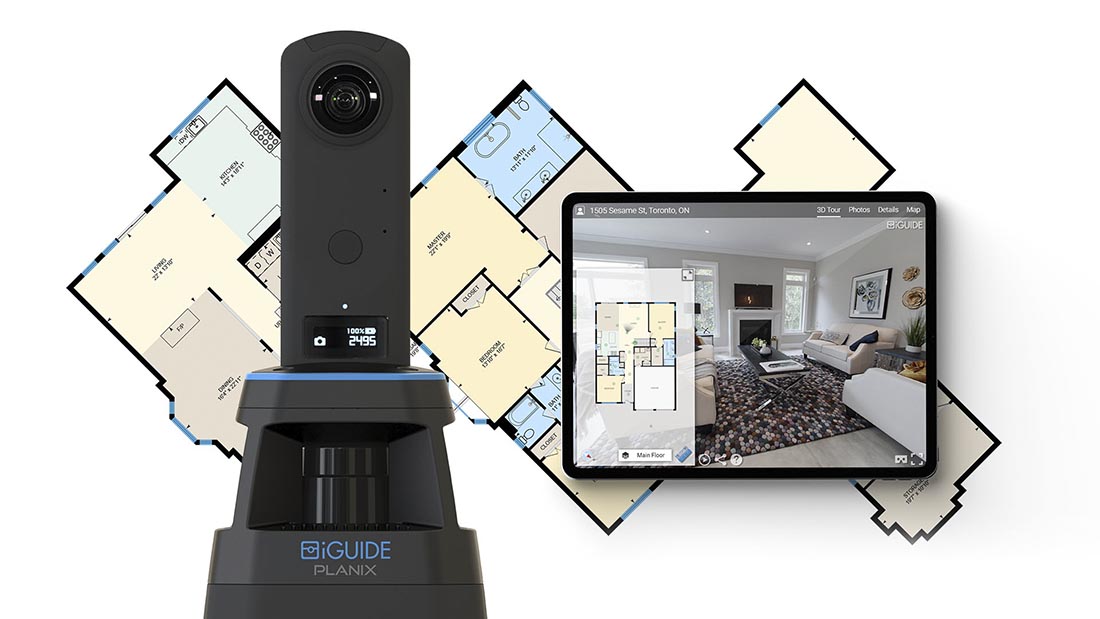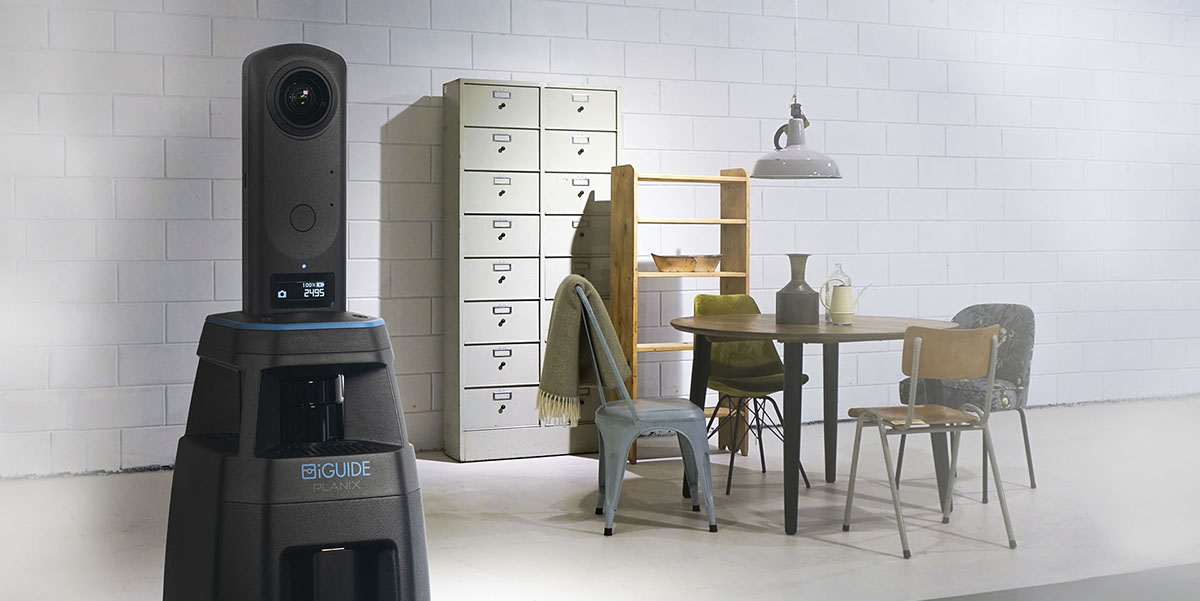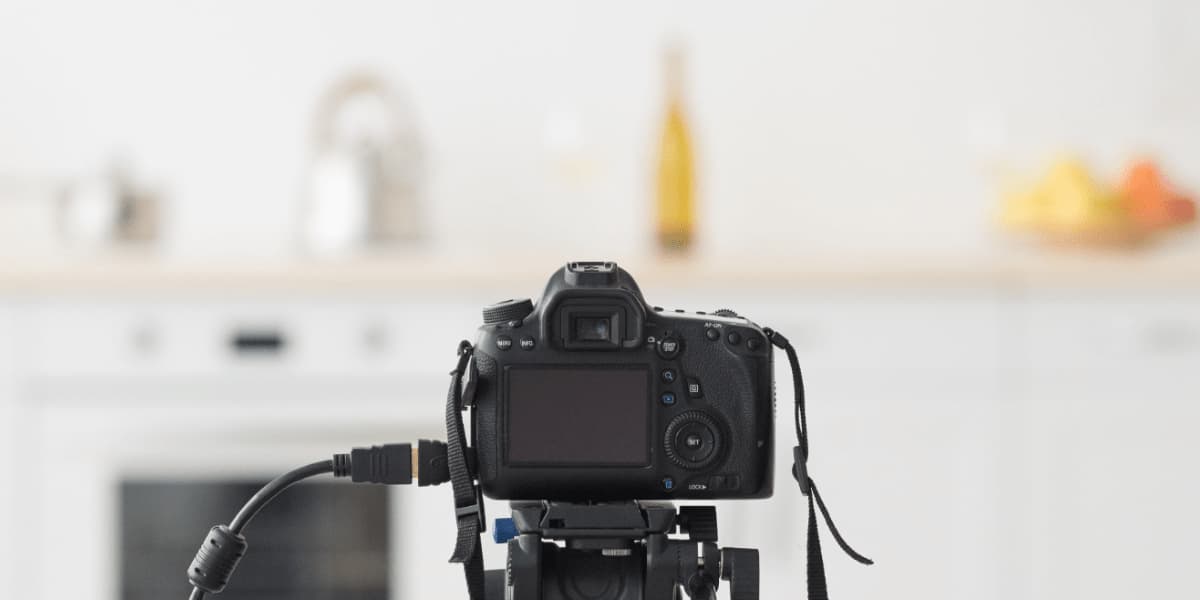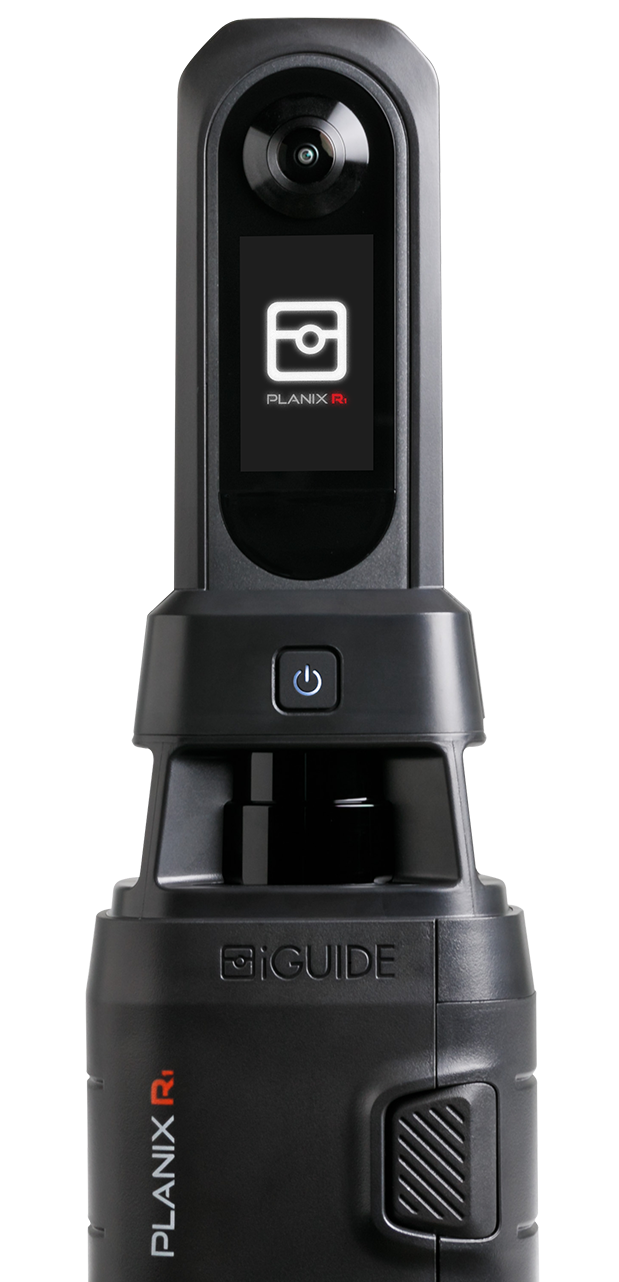If you are considering switching gears and taking a shot (literally and figuratively) at offering services to real estate agents the time to do it is now. Industry standards are rapidly changing and with this comes the need to fill a hole in the market. Full-service photography packages that include high-definition photos, 3D tours, 360° tours, and interactive floor plans are hot. People want to check out homes for sale without having to physically attend a showing.
The pandemic is not the only driving force behind the increase in consumers wanting ways to view real estate listings online. Buyers want to be able to tour a home virtually and understand the fit and flow of the floor plan when they begin searching for a new property. There is an opportunity to grow your photography business by getting involved and understanding the potential within the real estate profession.
What do real estate photographers do?
Real estate photographers are hired to shoot professional photos and virtual tours of residential and commercial spaces. A typical service package for a residential listing might include HDR photos, 3D tours, 360° tours, interactive floor plans with accurate measurements, and MLS-ready photos. A real estate agent uses the images to market the property with the focus on getting it sold quickly. This is where you come in. Real estate photography is not just taking great photos. You need to work with your Realtor® clients to provide them with the best possible way to achieve a sale. How can you, as a real estate photographer, help an agent?

Go Techno
You are already ahead of the game with your skills as a photographer. Understanding lighting, verticals, lens capabilities, and perspective are all in your wheelhouse, so the next obvious step is to grab hold of your equipment and start shooting real estate photos. There are plenty of camera systems offering ways to capture images and 3D tours but if you want to get the most out of your real estate photography venture you need to be able to get things done fast. The best way to get into real estate photography is by using a camera offering cutting-edge technology like iGUIDE®’s unconventional system that takes photos and measurements at the same time. Professional real estate photographers can shoot up to 10 properties in a day with the right equipment.
Capture the right audience
Professional real estate photos help sell homes and that means you can benefit by partnering with real estate agents. With the majority of consumers searching for homes online, professional photos and 3D tours capture the attention of buyers. Virtual tours, floor plans, and outstanding photos enhance the consumer’s experience making the Agent’s listing stand out. This results in the seller’s home getting sold quickly, the Realtor® getting more referrals from happy customers, and you getting repeat business for a job well done.

Create a portfolio of your work
The best way to become a great real estate photographer is to create a portfolio of work that includes outstanding still shots. You’ll want to add samples of things like drone footage, interactive floor plans, and immersive 3D tours to showcase the proptech every real estate agent is searching for. You might ask, why should you care about floor plans? With measurement standards rapidly becoming the topic of the day, many real estate associations will soon be requiring a reliable system of measurement like the RMS in Alberta. Package pricing for agents should include everything they need to market a home successfully and that means including interactive floor plans with accurate measurements. When choosing a camera system for your real estate photography venture look to industry leaders like iGUIDE® who offer technical training and plenty of support along the way. Once you have built a portfolio, don’t forget to share your images on your website and social media platforms.
Exposure – to a larger market
Becoming a real estate photographer broadens your exposure to a larger market. With an all-time high of almost 1.5 million members in the National Association of Realtors, there are plenty of potential clients to work with. Now more than ever before agents are using 3D tours along with professional photos for all their listings.
What not to do as a real estate photographer
Don’t misrepresent the property. It’s easy to tweak a few photos to balance the lighting, remove glare, or crop the image, but when it comes to representing a property you need to keep things real. Changing the look of any portion of the interior or exterior by adding vegetation or fixtures, covering up obvious holes and cracks, or virtually repainting the entire house is a no-no. Properties can be virtually staged with proper disclosure, just don’t make the consumer think they are buying a palace when in fact it is a handyman special.
The future of real estate photography is bright. The key to setting yourself up for success is learning the tricks of the trade, investing in cutting-edge equipment, and keeping up with technology along the way.
Download our free eBook:
7 Extra revenue streams with iGUIDE


